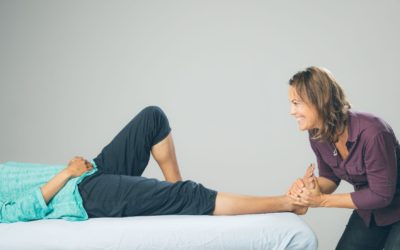This is a topic that I am very passionate about. I am a proponent of Orthopaedic Manual Physical Therapy (OMPT). And when I use this term it is in the advanced study with in-depth anatomy, detailed biomechanics, specific arthrokinematics, and clinical reasoning version, not a set of generalized, cookie-cutter techniques.
Over the last 20 years in OMPT, I have seen the growth of the number of therapists who have had various types of instruction in OMPT in the PT schools and in general practice through continuing education. There were 5 – 6 schools of post-professional education 20 years ago, and now there are large numbers of them. I have conflicting views on the changes that have come with the large number of choices and versions, but my prevailing one is that, with a large number of PTs pursuing and promoting OMPT, together we can make a statement in the branding of OMPT. “A house divided against itself cannot stand.”
There are differences between the groups. Often I see this being used as leverage for self-promotion of the individual groups. While I understand this, if we have a larger view than just our own small group, then we can work together.
I have been privileged to interact with clinicians and instructors from different groups. One of the group’s outstanding characteristic is to be research-heavy. Another group has extreme innovation and relationship-focus. Another has a business-focus for large clinic settings or groups of clinics. One of the most controversial groups is doing a lot of good in the fight for our profession to keep manipulation in our scope of practice. A couple that I know well are excellent at teaching clinical reasoning. Several groups incorporate complementary health issues, such as nutrition. Each group, just like each person, has something to offer the profession.
Unity makes a stronger impression than fighting. OMPTs are “better together.”



0 Comments